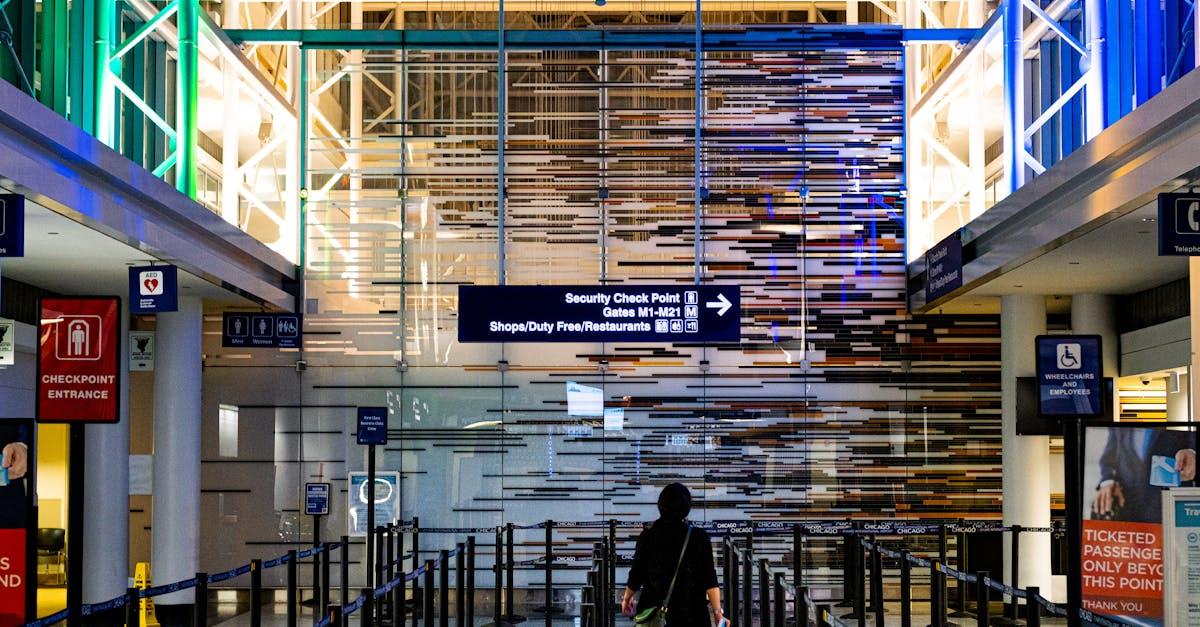The different types of tech used in customs in airports
- October 24, 2024
- by
- MacInfo
In modern airports, the customs process is crucial for ensuring the safety and security of passengers and staff. While many travelers see customs as a long queue, the technology behind this process is advanced and highly efficient. From scanning luggage to identifying prohibited items, the systems used today have transformed the way we travel. Below, we’ll explore some of the most common tech innovations in airport customs.
Automated border control gates
One of the most notable advancements in airport customs is the introduction of automated border control gates, or eGates. These gates allow passengers to pass through customs without the need for manual checks by customs officers. They use facial recognition technology, matching the traveler’s face with the biometric data stored in their passport chip. This not only speeds up the customs process but also enhances security by ensuring accurate identification.
eGates are especially beneficial in busy international airports, reducing wait times and allowing staff to focus on more complex cases. These systems continue to evolve, with many airports investing in more advanced versions that incorporate fingerprint scanning and iris recognition.
X-Ray scanning and baggage inspection
Another critical piece of technology in airport customs is the X-ray scanner. Every piece of luggage that passes through customs is scanned by high-tech X-ray machines that can detect anything unusual inside. These machines can identify weapons, explosives, drugs, and other prohibited items with incredible accuracy. Some airports have even begun implementing AI-powered scanners that use machine learning to identify suspicious items more efficiently.
In addition to the luggage scanning, many airports also have full-body scanners for passengers. These machines use millimeter-wave technology to create a detailed image of a person’s body, allowing customs officers to detect hidden objects without invasive searches. The combination of these technologies ensures a thorough security check while minimizing discomfort for travelers.
Digital declaration systems
Gone are the days when passengers had to fill out paper customs declaration forms. Today, many airports have introduced digital declaration systems, allowing travelers to declare goods electronically. This system not only reduces paperwork but also speeds up the customs process, as data can be instantly processed and stored.
Digital declaration systems are integrated with national customs databases, meaning that if a passenger has previously made a declaration, the system will automatically flag any inconsistencies. This enhances the accuracy and efficiency of customs inspections, allowing officers to focus on higher-risk travelers.
In conclusion, technology has made a significant impact on airport customs, making it more efficient and secure. From automated gates to advanced scanning systems, these innovations ensure that the customs process is as seamless as possible. If you’re still asking yourself the question: what is customs in an airport, then there are multiple sites exlporing and explaining this subject.


